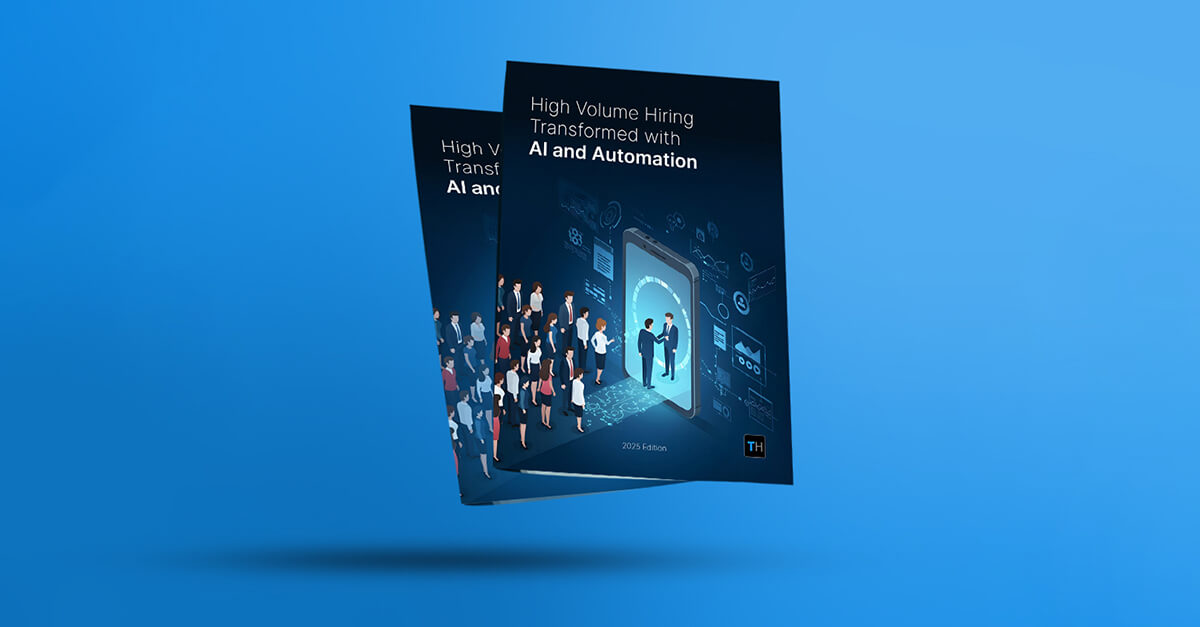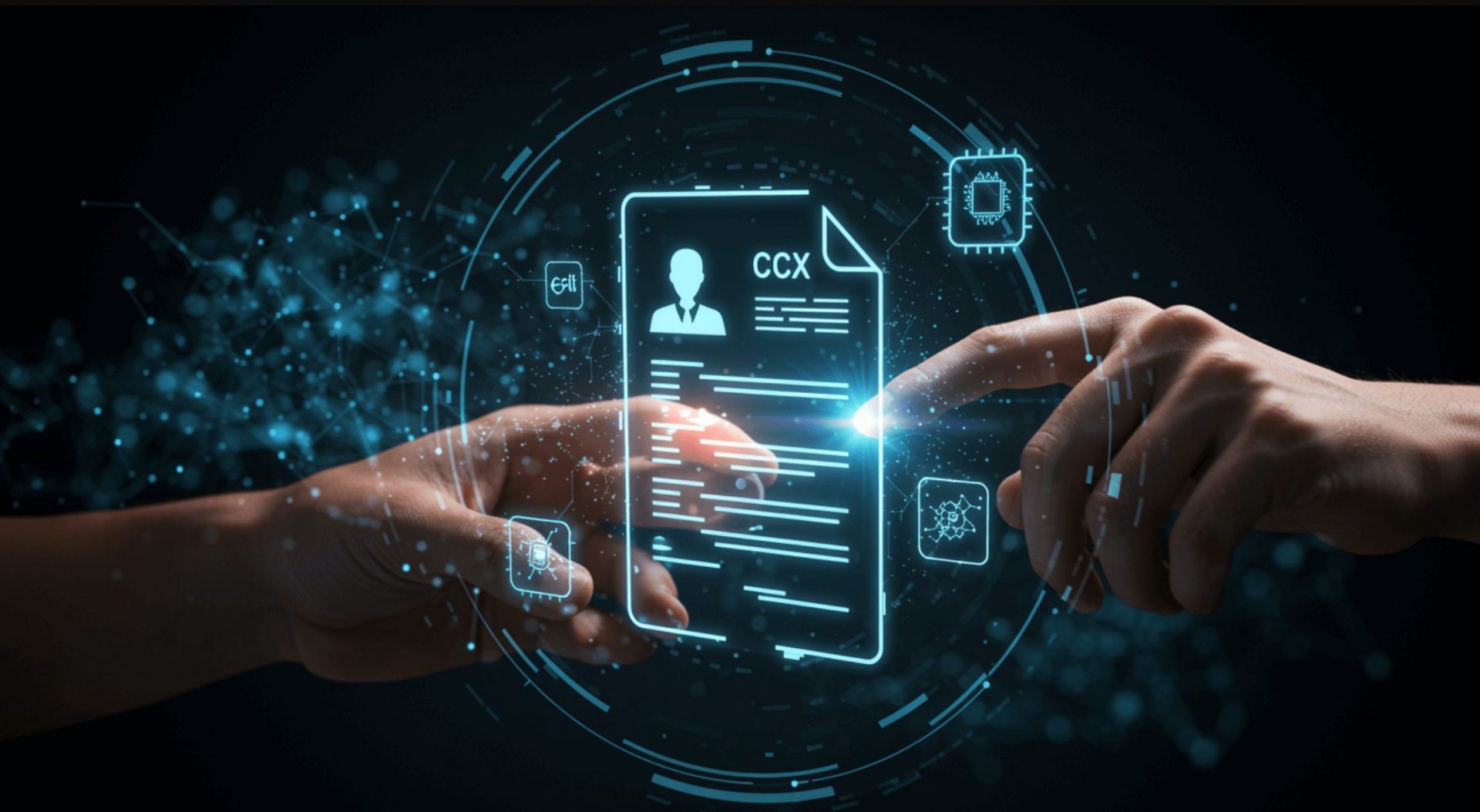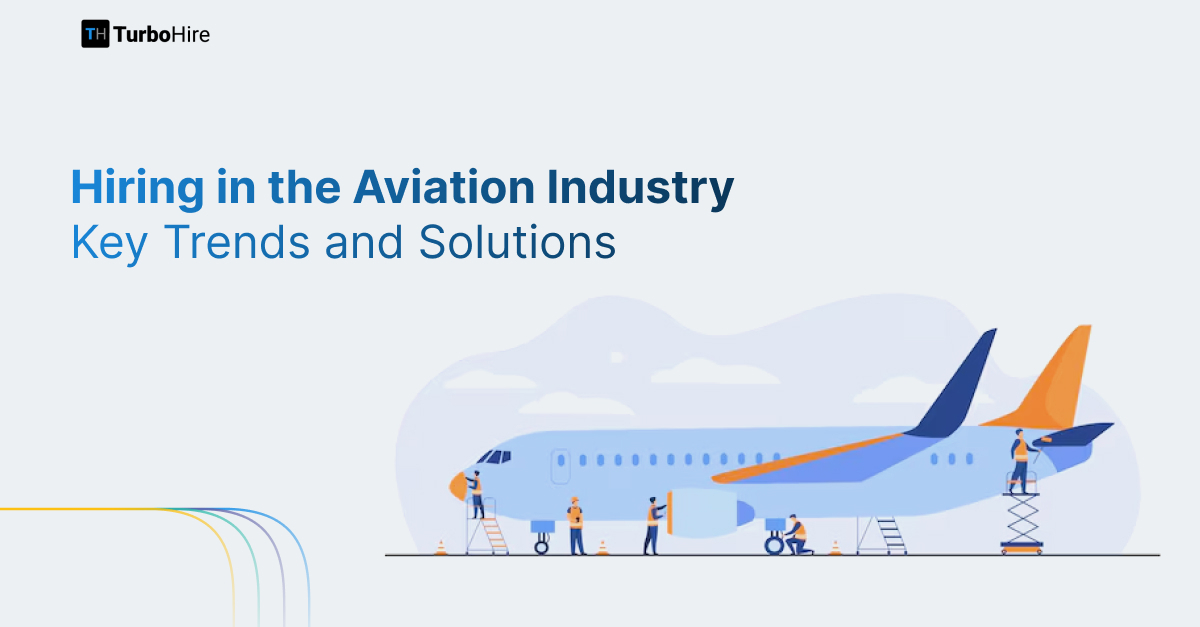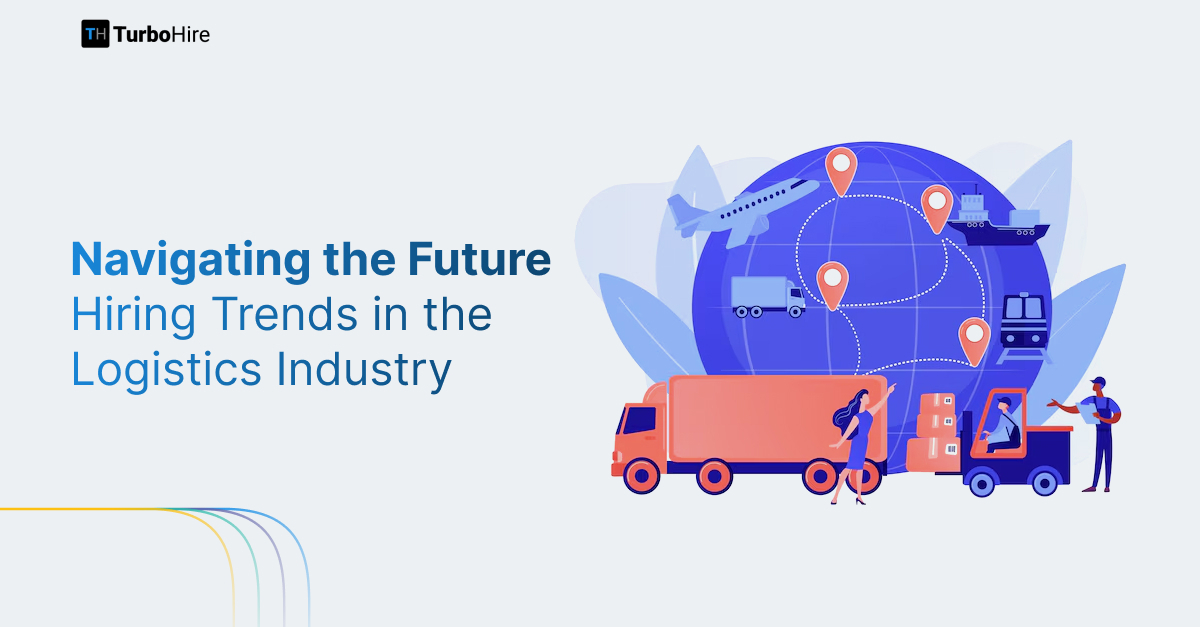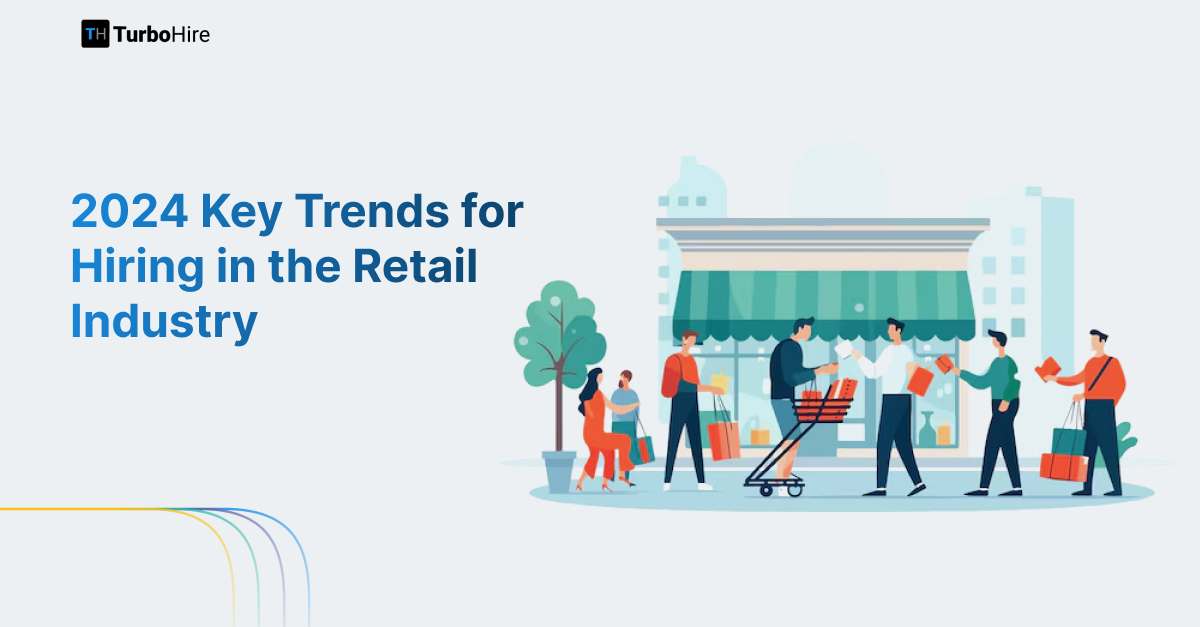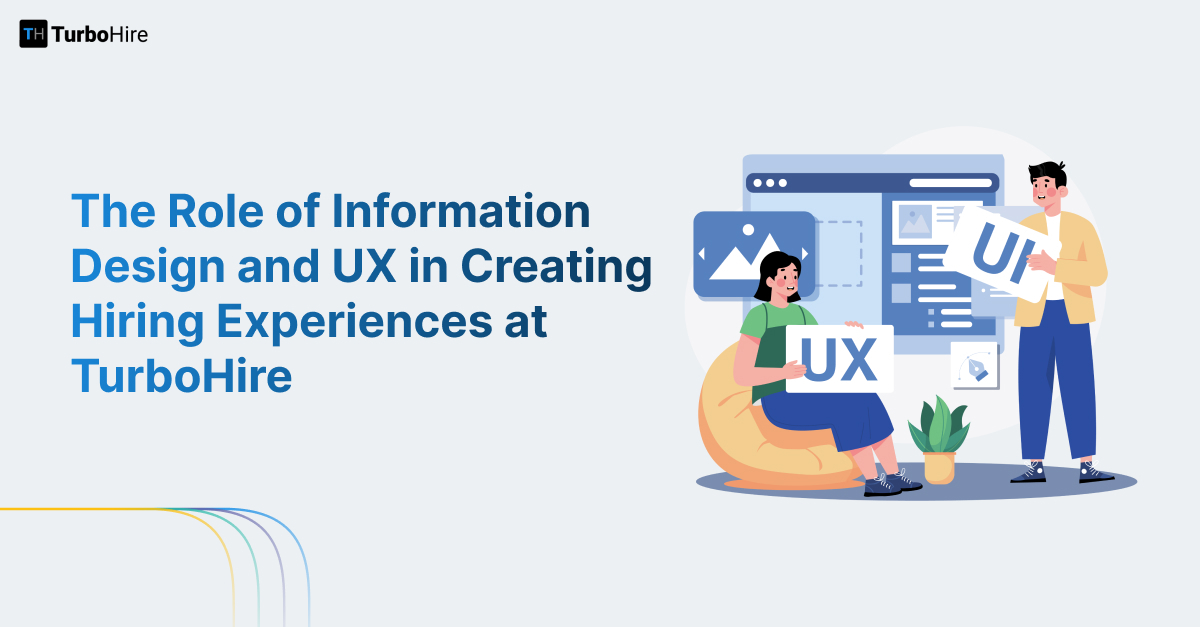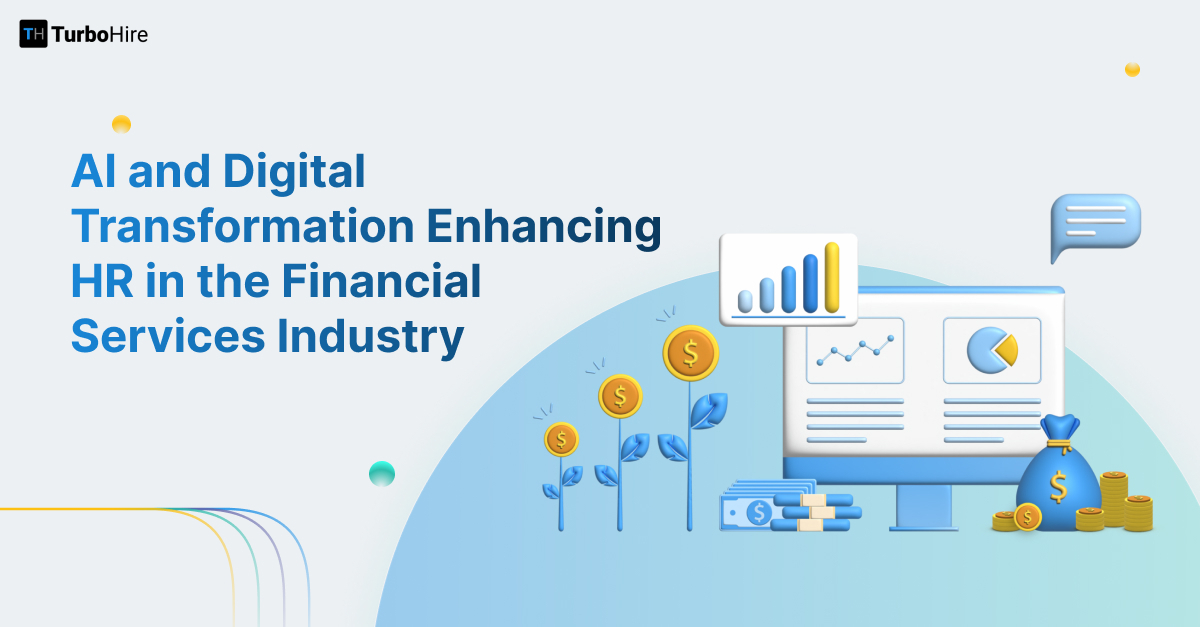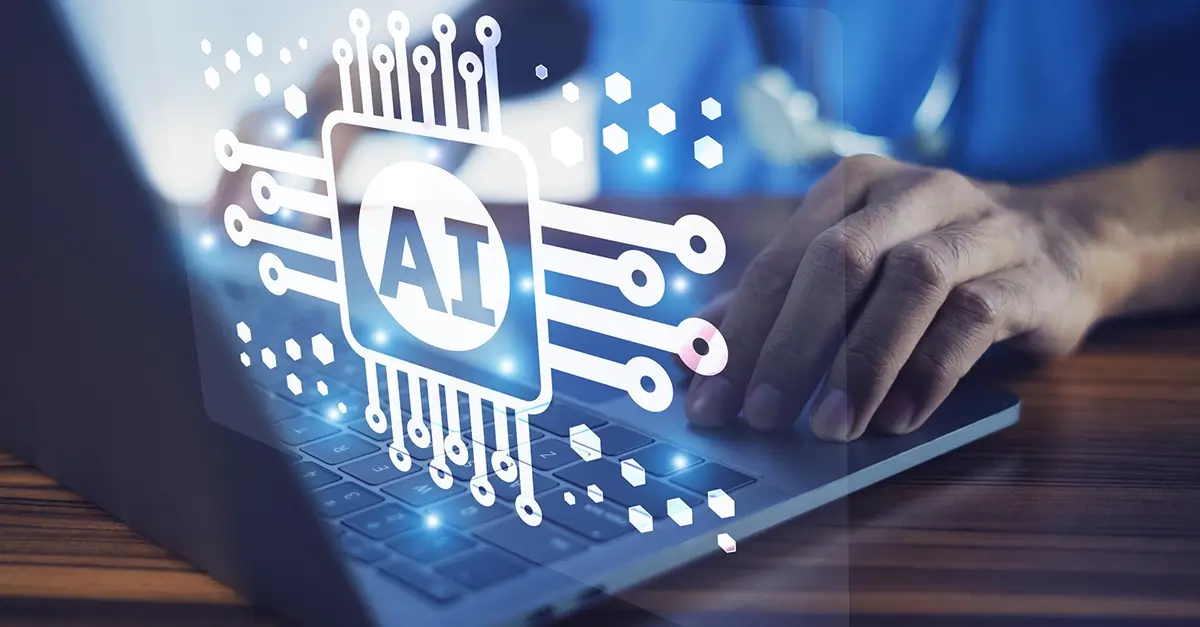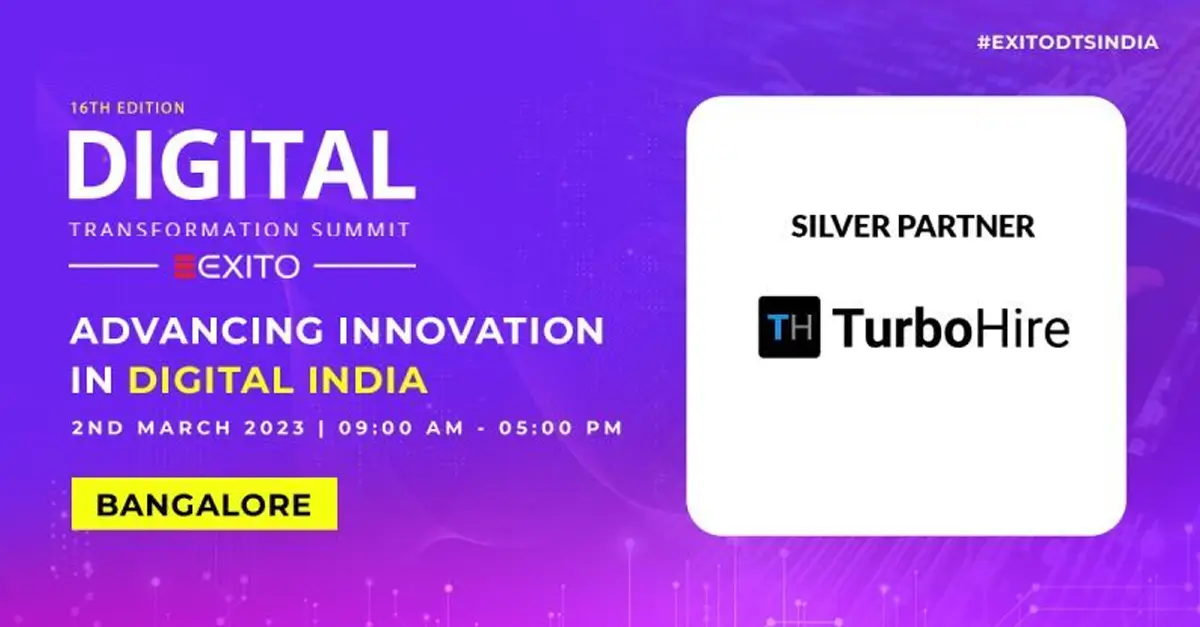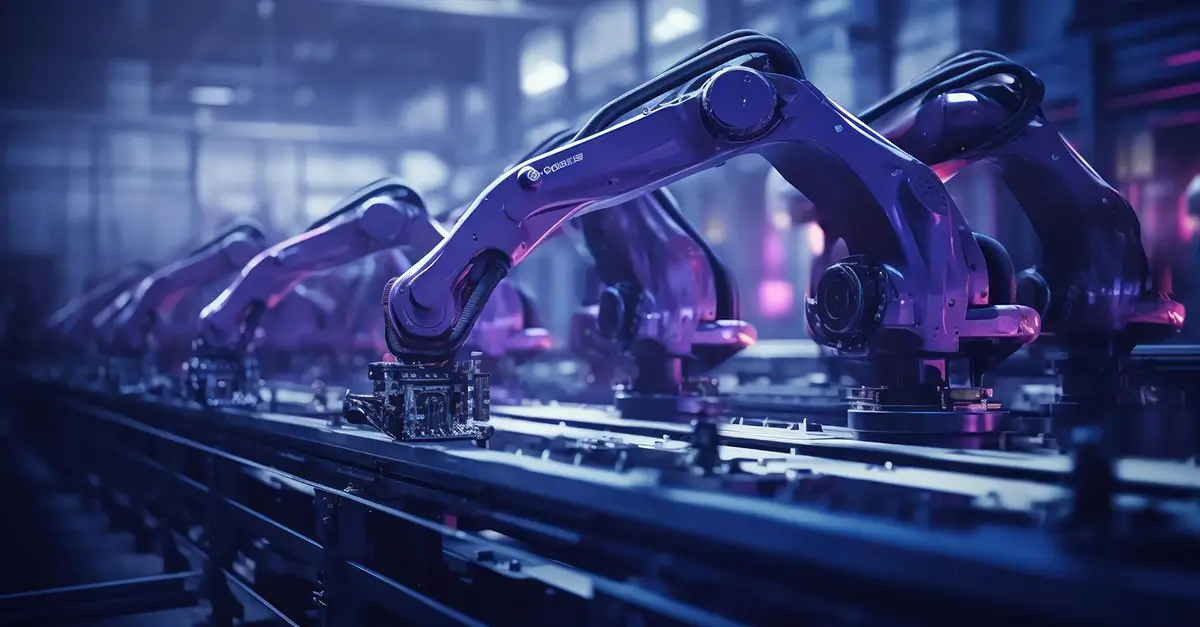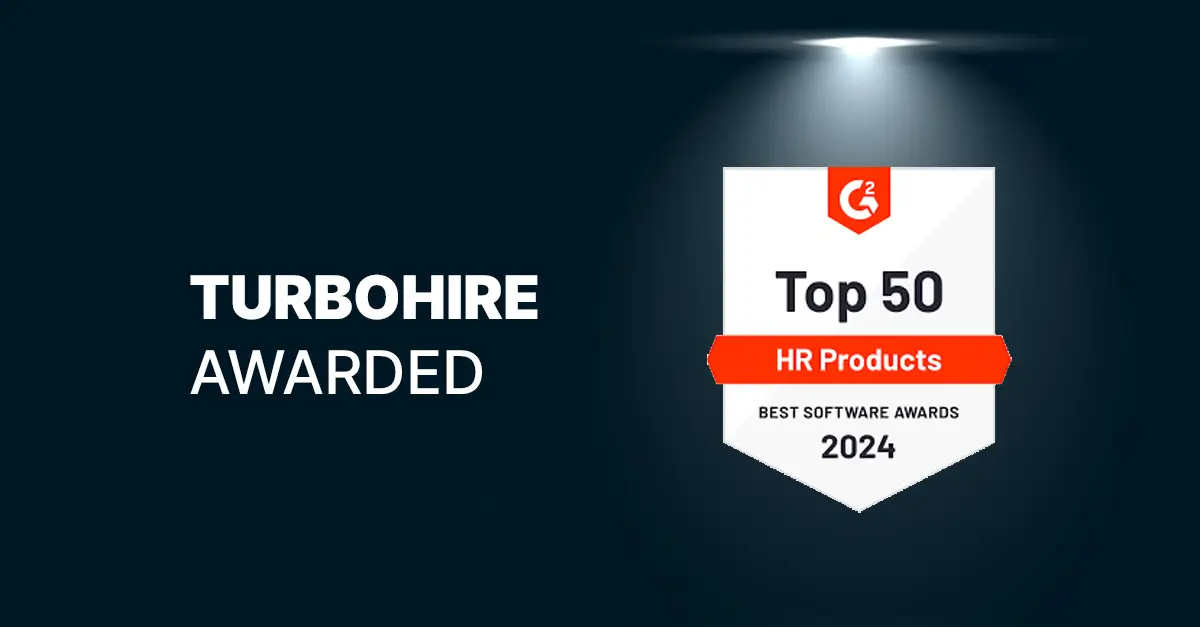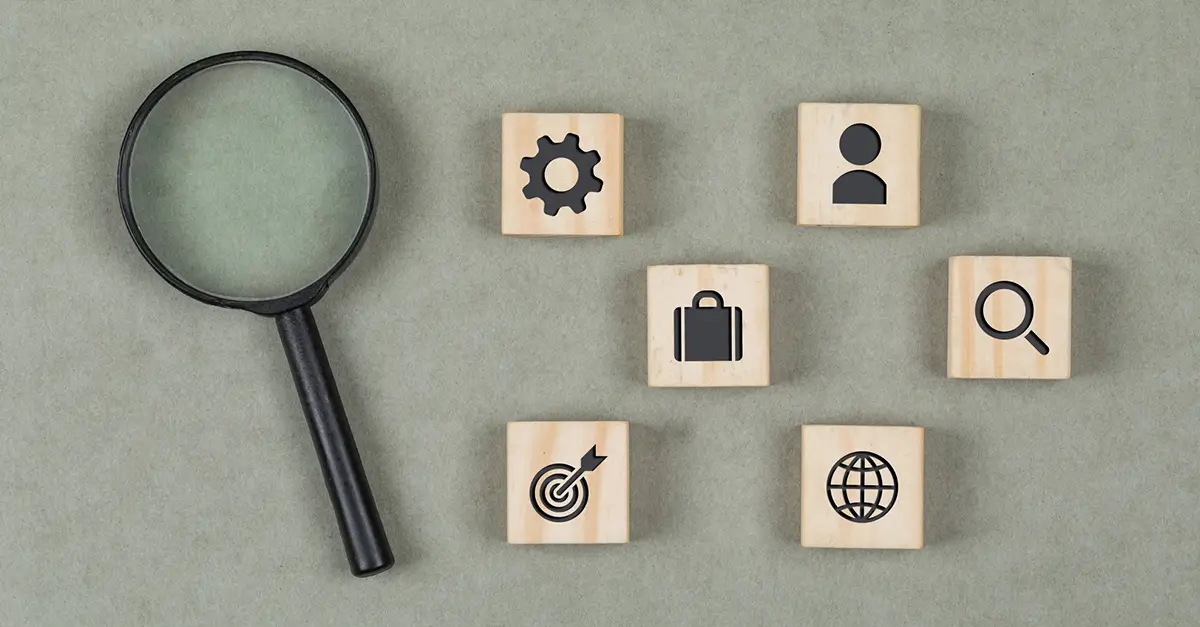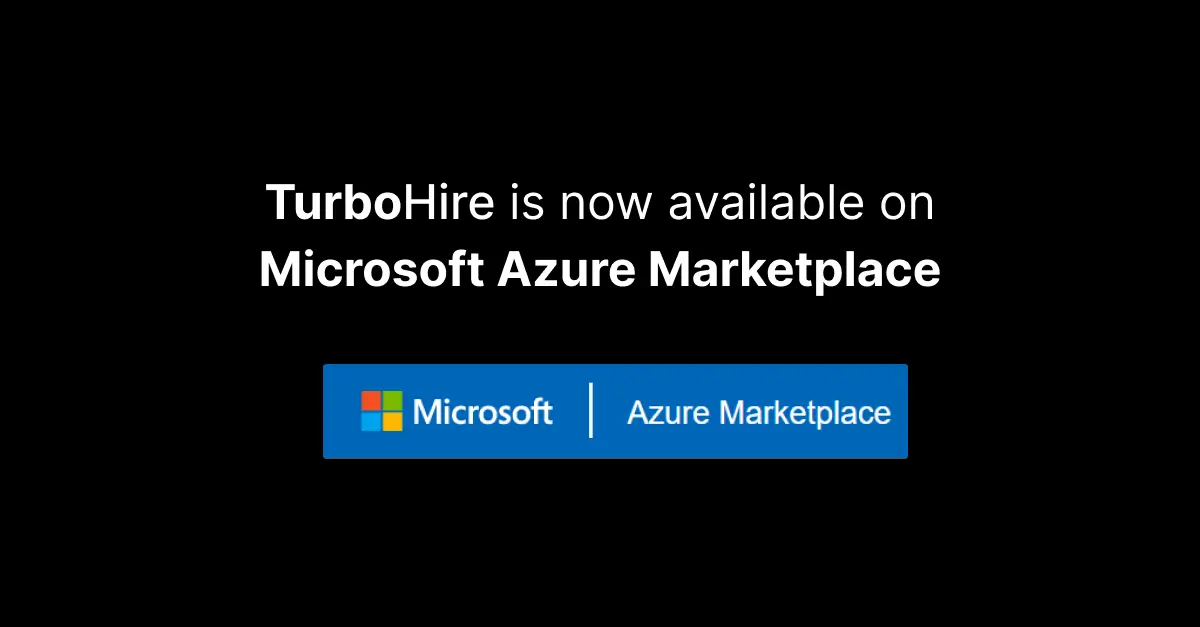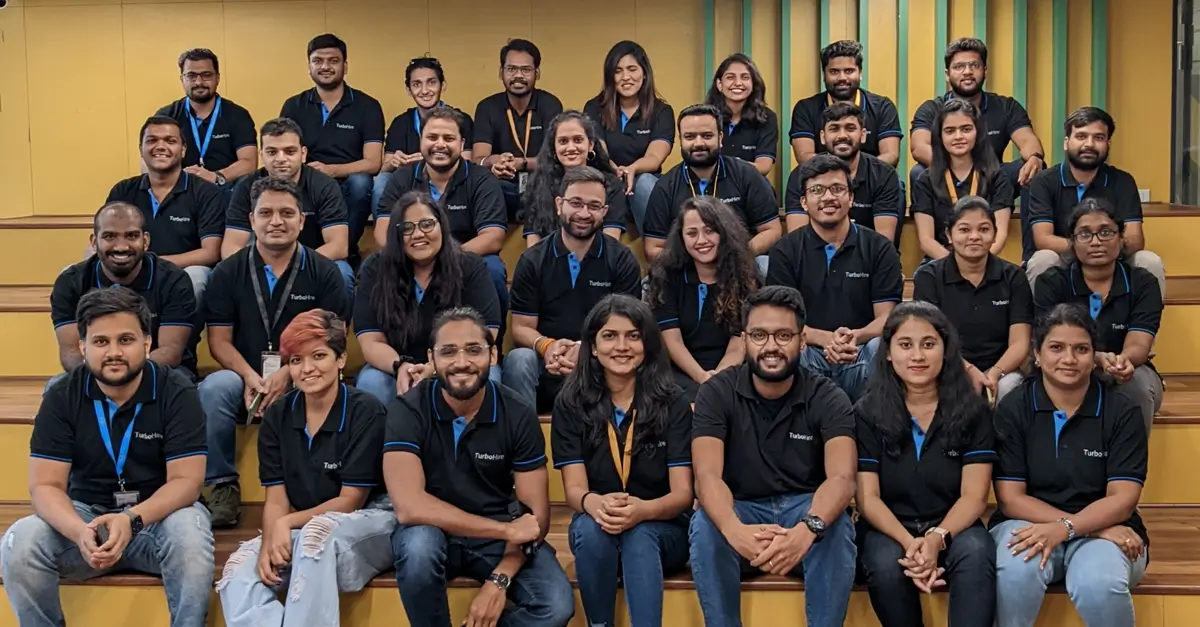Introduction
In today’s fast-paced digital landscape, understanding complex processes as integrated systems is more important than ever. Peter Senge, the influential author of “The Fifth Discipline,” introduced the concept of systems thinking, which focuses on seeing the whole rather than just individual parts. This approach is particularly relevant in the digital world, where digital transformation is reshaping traditional business practices. For example, in the context of hiring, applying systems thinking allows organisations to view hiring as a complete system, not just a collection of activities. This holistic perspective helps companies optimise their talent acquisition strategies, ensuring that every step of the hiring process is interconnected and aligned with overall business objectives. By embracing systems thinking in hiring, organisations can build more efficient, adaptive, and strategic hiring processes that drive long-term success.
The Concept of Tools and Systems within the Context of HR
In addressing these challenges, HR professionals rely on a range of solutions, broadly categorised into tools and systems. Tools refer to specific applications or software designed to perform particular tasks within the hiring process, such as resume screening software, candidate tracking systems, and interviewing and assessment tools. They are often designed to increase efficiency and reduce the manual workload associated with hiring tasks.
On the other hand, systems represent a more holistic approach, encompassing a comprehensive suite of tools, processes, policies, and strategies designed to work together seamlessly. A system in HR might include an integrated platform that combines candidate sourcing, screening, and communication, assessment workflows, pre-onboarding procedures, and analytics to provide a unified solution to hiring challenges. Systems are aimed at not only improving efficiency but also enhancing the quality-of-hire by fostering better decision-making, improving candidate experience, and aligning hiring efforts with the broader strategic goals of the organisation.
While tools can optimise specific tasks within the hiring process, enhancing efficiency and reducing the burden of manual tasks, systems offer all of the former while providing a comprehensive approach that addresses all possible hiring scenarios. Systems integrate tools, strategies, and processes to improve not only the efficiency but also the effectiveness of hiring efforts. They enable organisations to not only attract but also effectively evaluate, hire, and integrate talent into their culture, supporting both short-term hiring goals and long-term organisational and business objectives. In the context of the modern workplace’s complexities and challenges, adopting a systems approach to talent acquisition can significantly enhance an enterprise’s ability to navigate the evolving landscape, ensuring that it remains competitive and adaptive in attracting and retaining the talent necessary for success.
Understanding Tools and Systems in HR
The landscape of talent acquisition has been dramatically transformed by the digital age, introducing a variety of tools and systems designed to streamline the hiring process, enhance decision-making, and improve candidate experience. Understanding the nuances between tools and systems in HR is essential for leveraging technology to attract, evaluate, and hire top talent efficiently and effectively.
Purpose of Tools in HR
In HR, tools encompass a broad range of applications, software, or technologies explicitly designed to assist with specific tasks at different stages of the hiring process. These tools aim to address particular needs within hiring, either by simplifying tasks or automating them to reduce the time spent on manual activities and minimise the likelihood of human error. The essence of these tools lies in their ability to make the hiring process more efficient, allowing HR professionals to focus on strategic aspects of hiring, such as candidate experience and quality of hire, rather than getting bogged down by administrative duties.
Categories of Tools in HR
1. Resume Parsing
One of the most time-consuming aspects of hiring is sifting through the sheer volume of applications and resumes for a single job posting. Software for resume parsing are designed to automate this initial phase by utilising algorithms to scan resumes for specific keywords, skills, educational background, and other criteria that match the job description. This technology significantly narrows down the applicant pool to those who best fit the job requirements, thereby streamlining the selection process. These tools often incorporate some levels of artificial intelligence (AI) and machine learning to improve their screening capabilities over time, learning from each hiring cycle to better identify suitable candidates.
2. Interview Applications
Coordinating interviews can be a logistical nightmare, especially when dealing with multiple candidates and interviewers’ schedules. Interview scheduling apps simplify this process by allowing candidates to select their interview times based on available slots. This automation reduces the need for back-and-forth emails or phone calls, freeing up HR professionals to focus on more value-added activities. These apps can integrate with calendar applications to ensure real-time updates, preventing double bookings and ensuring smooth scheduling. In addition to scheduling, tools like video interview platforms enable remote interviews, record sessions for later review, and use AI to analyse candidate’s responses. These tools save time, offer flexibility, and provide valuable insights, making the interview process more efficient and data-driven.
3. Assessment Tools
Assessing a candidate’s fit for a role goes beyond reviewing their resume; it involves understanding their skills, personality traits, and how they might integrate with the team and company culture. Candidate assessment tools are designed to objectively evaluate these aspects through various methods, including tests, quizzes, simulations, and even gamified assessments. These tools provide data-driven insights into a candidate’s capabilities and potential, supporting more informed hiring decisions. They can assess technical skills, cognitive abilities, personality traits, and even cultural fit, offering a holistic view of each candidate.
4. Communication Tools
Communication tools streamline interactions between recruiters and candidates by automating tasks like sending emails, SMS notifications, and managing chatbot responses. These tools keep candidates informed about their application status and interview schedules while reducing the need for manual follow-ups. By enhancing communication efficiency, they improve the overall candidate experience and help maintain engagement throughout the hiring process.
5. Applicant Tracking System (ATS)
An ATS streamlines the hiring process by automating job postings, applicant tracking, resume parsing, and interview scheduling. These systems enhance the efficiency of hiring processes and reduces the manual activities that are undertaken by recruiters..
HR Systems
A hiring system is an end-to-end hiring solution that goes far beyond the capabilities of a traditional Applicant Tracking System (ATS). While an ATS primarily focuses on recruiters’ tasks, i.e. managing applicants and scheduling some recruitment activities, a comprehensive hiring system provides an array of features that cover all aspects of hiring and talent acquisition. This includes tools for streamlining hiring, such as interview scheduling, candidate assessments, communication management, and robust data analytics, all within a single, unified platform.
By integrating these features, a hiring system acts as an advanced talent acquisition solution, automating and simplifying administrative tasks to save time and reduce the workload for HR professionals. For instance, it offers hiring automation software that allows for seamless interview scheduling, enabling candidates to select available slots without the need for back-and-forth communication. Additionally, with AI-driven hiring capabilities, such as advanced resume parsing, automated interview analysis, automated screening workflows including assessments, and detailed hiring insights, the system provides a data-driven hiring approach, offering a deeper understanding of each candidate’s potential and helping organisations make more informed decisions.
Utilising a single, integrated hiring system is significantly more effective than relying on multiple, separate tools. In large enterprises, using different tools for various stages of the hiring process can lead to challenges like data migration issues, inconsistencies, and the potential for data loss. A unified system eliminates these problems by ensuring smooth data flow and consistency throughout the streamlined hiring process, reducing the risk of errors and enhancing overall efficiency.
By integrating all hiring activities into one platform, a hiring system not only optimises hiring strategies but also creates great hiring experiences for all the stakeholders involved.. This streamlined hiring process enables organisations to attract and retain top talent more effectively, making it an ideal solution for modern hiring and talent acquisition in a competitive market.
Why a Single Hiring System is Better Than Multiple Tools in Enterprise Hiring
Having a single, integrated hiring system offers significant advantages over using multiple tools. When companies rely on various separate tools for different stages of the recruitment process, they often encounter challenges such as data migration issues, inconsistencies, and increased administrative burdens. Each tool may have its own data formats and requirements, leading to errors, data loss, or corruption during information transfer. This not only compromises the accuracy of candidate data but also disrupts the efficiency of the overall hiring process.
Managing multiple tools also requires HR teams to navigate different interfaces, which can be time-consuming and increase the likelihood of errors. This approach often results in miscommunication and delays, negatively impacting team collaboration and the candidate experience.
In contrast, a single hiring system centralises all hiring activities on one platform, ensuring seamless data flow and consistent communication throughout the hiring process. An integrated hiring system eliminates the need for manual data entry and synchronisation, reducing the risk of errors and saving valuable time for HR professionals. It also provides a comprehensive view of the recruitment process, enabling better tracking, reporting, and data-driven decision-making. With all tools and data in one place, organisations can streamline their hiring processes, enhance efficiency, and improve the overall candidate experience.
For enterprise hiring, a unified system is essential for maintaining consistency as hiring is done across larger teams, different geographies, and involving multiple stakeholders. Such systems reduce complexity, and achieve better hiring outcomes, making them a vital solution for modern talent acquisition strategies.
TurboHire: A Unified Hiring System powered by AI and Automation
TurboHire exemplifies the integration of tools into a comprehensive system, showcasing how design, artificial intelligence (AI), and automation come together to create an end-to-end solution for all hiring scenarios.
TurboHire streamlines the entire hiring process by automating repetitive tasks and integrating with over 50 global tools for assessments, interviewing, communication, and background verifications. It efficiently sources candidates, uses AI to screen resumes, and automates interview scheduling, and centralises communication, allowing recruiters to focus on engaging top talent. The platform enhances the candidate experience with a login-less, mobile-friendly application process, instant notifications, and automated WhatsApp communication for quick responses and offer acceptance. TurboHire also supports a flexible approval system, simplifies interview management with automated scheduling and structured feedback, and provides leadership with customisable dashboards and real-time analytics for better decision-making. Administrators benefit from comprehensive control over team management and platform integration, all from a single, user-friendly interface.
Integration with HRMS and WFM Platforms
TurboHire’s experiences are designed for easy integration with leading HRMS and WFM platforms such as SAP SuccessFactors (SF), Workday, Oracle HCM, Cornerstone OnDemand (CSOD), and UKG. This compatibility ensures that organisations can enhance their digital experience and engagement capabilities to meet the expectations of the current and future workforce.
By embodying the principle of integrating tools into a cohesive system, TurboHire demonstrates how technology can transform the hiring process, offering a holistic solution that benefits all stakeholders involved in hiring. The platform is a hiring super-app that enables teams to not only streamline operations but also align their hiring processes with their organisational goals as well as candidate expectations, setting a new standard for efficiency and engagement in HR.
Explore all TurboHire integrations here.
Conclusion
In today’s digital age, adopting a systems approach to HR, especially in hiring, is essential for businesses looking to stay competitive. Understanding the difference between individual tools and integrated systems is key to enhancing talent acquisition. While HR tools optimise specific tasks in the hiring process, a comprehensive system like TurboHire brings all these elements together, creating a unified platform for efficient and effective talent management.
Utilising systems thinking in HR allows organisations to improve the quality of hire, enhance decision-making, and align hiring processes with overall business goals. Integrated systems equipped with AI and automation further enhance these benefits by reducing bias, improving candidate engagement, and ensuring a streamlined hiring process.
TurboHire exemplifies the power of an all-in-one hiring system, integrating various tools and technologies to create a seamless and efficient hiring experience. This holistic approach not only optimises hiring strategies but also ensures that businesses can attract, engage, and retain top talent. By embracing comprehensive HR systems, companies can better navigate the complexities of modern talent acquisition, achieve long-term success, and remain agile in a rapidly changing marketplace.


